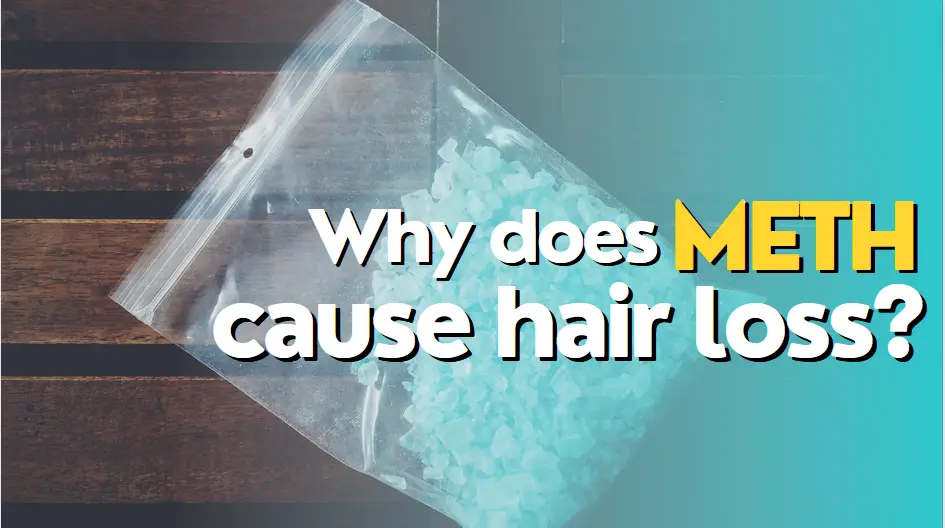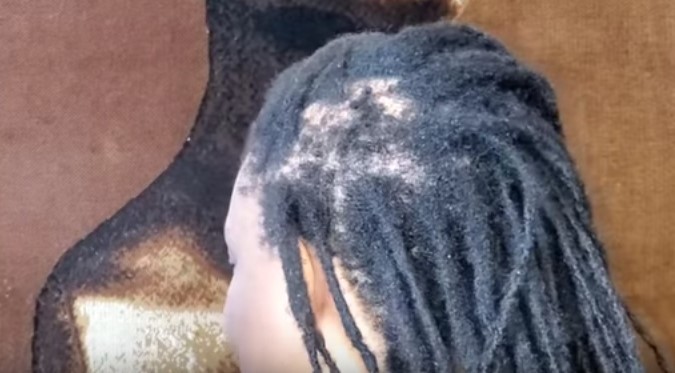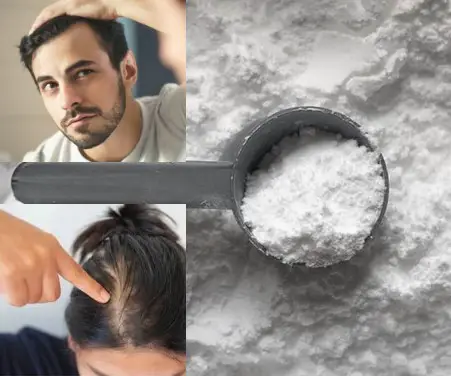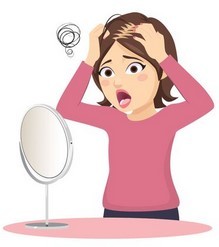It’s a common question: does meth cause hair loss? It’s an important one, too, as this drug can have devastating consequences for those who abuse it. Fortunately, science has the answer.
In this blog post, we’ll take a look at the research on meth and its potential impact on hair loss. We’ll explore the causes, effects, and potential treatments so that you can make an informed decision about this powerful drug.
So, without further ado, let’s dive in and find out if meth really does cause hair loss.
Why does meth cause hair loss?
Meth can cause hair loss for a variety of reasons. Some of these include the toxins in the drug, vitamin deficiency, or even hereditary factors. One study found that individuals using meth had double the amount of cortisol (the stress hormone) present than non-users, which is thought to be one of the other main causes of hair loss associated with meth use.

Additionally, it is known that meth interferes with certain vital vitamins and minerals that are essential for healthy hair growth, such as iron and zinc. Vitamin deficiencies can lead to conditions such as alopecia areata, where patchy baldness develops on the scalp and other areas of the skin.
Although alopecia areata can be reversed with proper medical treatment and diet changes, there is currently low-level laser therapy, a known treatment to reverse hair loss caused by meth usage. Furthermore, meth use has been linked to other forms of physical health issues, such as brittle fingernails and balding from heroin use.
How Does Meth Affect the Body?
Meth is an extremely powerful and dangerous drug that can have serious effects on the body. It is a stimulant that acts on the central nervous system, resulting in an increase in energy and focus. However, it can also lead to serious health problems. One of the most common effects of meth use is hair loss.
Meth and hair loss are closely linked. The drug affects the body in many ways, and it has been found to be associated with hair thinning and balding. When someone uses meth, their body experiences a rush of hormones which can cause a decrease in blood supply to the scalp and hair follicles.
This can lead to hair loss, especially when combined with the fact that meth users often do not take proper care of their hair or skin.
Another consequence of meth use is alopecia areata.
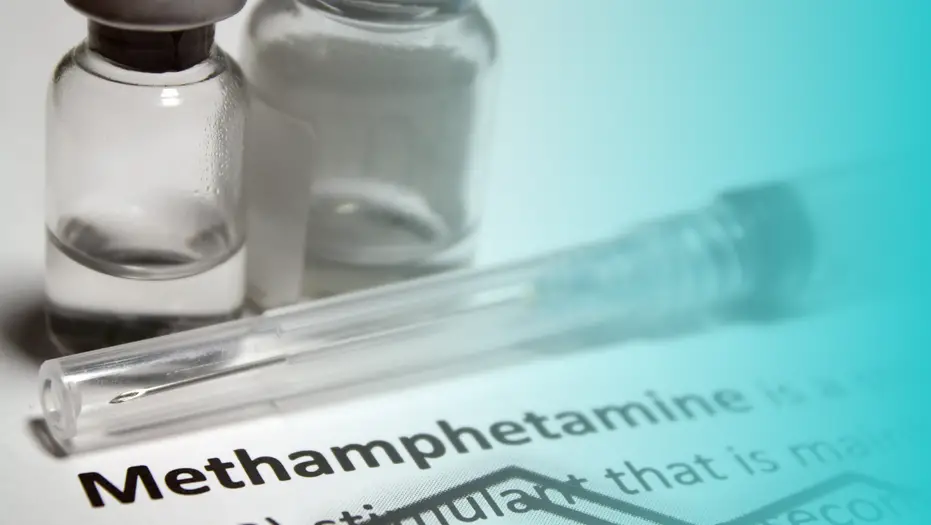
Alopecia areata is known as an autoimmune disorder where the body’s immune system attacks the hair follicles and causes them to stop producing new hair. This can lead to complete or partial baldness. Studies have found that this condition is more common among people who have used meth than those who have never used the drug.
In addition to alopecia areata, using meth can also result in brittle fingernails, balding from heroin use, and other forms of hair loss. All of these conditions can be reversible if the user stops using the drug and takes care of their hair and skin properly.
It is important to remember that using meth can have serious health consequences and that seeking professional help is necessary to overcome an addiction. If you know you are struggling with a meth addiction, there are other treatment options available that can help you get back on the road to recovery. So, continue reading.
Alopecia After Meth
Meth, also known as crystal meth, is an illegal drug that is highly addictive and can have serious effects on your health. One of the most noticeable and common side effects of meth use is hair loss. This condition is known as alopecia areata, and it affects both men and women who use meth.
Alopecia areata is a condition that causes bald patches to appear on the scalp, which can range from very small patches to complete baldness. In some cases, alopecia areata after meth use can also cause the person to lose their eyebrows and eyelashes.
Although alopecia areata caused by meth use is typically reversible, it may take some time for the hair to regrow in some people. During this time, you may also experience other symptoms of Alopecia, such as brittle fingernails, dry skin, and itching.
It’s important to note that alopecia areata after meth use is not the only type of hair loss associated with drug use. Other drugs, such as heroin and cocaine, have also been linked to hair loss.
For instance, balding from heroin use has been reported in some people.
If you know you are struggling with meth addiction, it’s important to seek professional help. There are various treatments available to help those who suffer from meth addiction stop using the drug and begin the healing process.
Additionally, seeking help can help prevent further hair loss and aid in the regrowth of hair.
Drug causes Alopecia
Methamphetamine use can cause hair loss, and it is important to identify a meth addiction quickly in order to speed up the recovery process and prevent further damage. Sudden, extreme weight loss is a sign of meth addiction, as are physical indicators such as skin damage, dilated pupils, tooth decay, and burns.
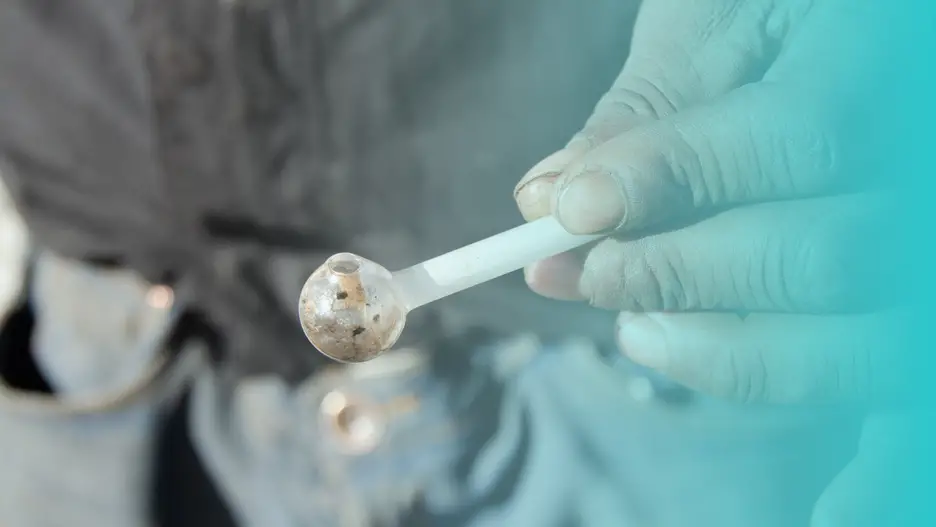
Furthermore, some people may experience alopecia areata after meth or crystal meth, where patches of hair suddenly fall out or become thin. This type of hair loss is often reversible once the meth addiction has been stopped and the person has recovered from their drug use.
Other physical side effects associated with meth use include brittle fingernails, balding from heroin, and other damage to the hair, skin, and nails. Comprehensive treatment for meth addiction is available and should be sought out immediately to prevent further hair loss and health damage.
What Causes Alopecia?
Alopecia is a condition of hair loss, and it can be caused by stimulants like methamphetamine. Nervous habits such as picking at the skin or pulling out hair can lead to hair loss due to meth use. Additionally, lowered levels of personal hygiene due to addiction can cause scalp irritation, dandruff, itching, and damage to the hair follicle, which can all lead to Alopecia.
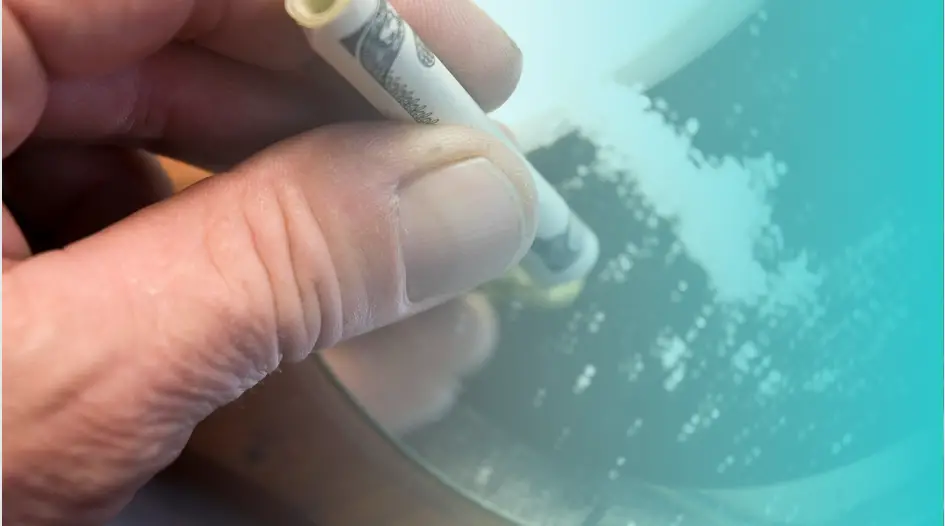
Furthermore, prolonged use of meth may cause chemical changes in the body that result in hair loss. Meth can also damage keratin, the protein that makes hair strong, healthy, and shiny, leading to baldness.
There are several names for this type of hair loss, including ‘meth and hair loss,’ ‘does meth make you lose your hair,’ ‘alopecia areata meth,’ ‘alopecia areata after crystal meth,’ ‘alopecia areata after meth,’ ‘hair loss meth,’ ‘meth hair,’ ‘alopecia areata reversible meth,’ and ‘meth brittle fingernails .’Other drugs, such as heroin, can also cause balding in some people; this is sometimes referred to as ‘balding from heroin.’
In summary, the use of stimulants like methamphetamine can cause hair loss due to nervous habits, lowered levels of personal hygiene, chemical changes in the body, and damage to the keratin in the hair. It is important to be aware of how drug use can affect your hair and take steps to prevent hair loss.
Other Side Effects of Meth Use
Whether a person is using crystal meth or another type of methamphetamine, it is important to figure out what is wrong with them as soon as possible. This can help the body heal faster and keep the hair, skin, nails, and organs from getting worse.
If you have already seen signs of Alopecia, look for some of the other physical signs of meth addiction.
Losing a lot of weight quickly
Like most stimulants, this substance makes you feel full and speeds up your metabolism. People who use methamphetamine a lot often lose weight quickly and for no apparent reason.
The skin was hurt. Signs on the skin are often some of the first that friends and family notice. The person’s skin will look dull, broken out, or scarred.
Pupils that are big
If a person’s pupils are big, even in bright light, they may be on this drug.
Loss of teeth
When a person’s personal hygiene gets worse, and their salivary glands change, it can be very obvious that their dental health is getting worse.
Burns
Look for signs that the fingers or lips have been burned.
If you see these signs in someone you care about, you might feel scared and worried. There is a lot of help available for people who are addicted to meth.
How to Stop Meth Addiction?
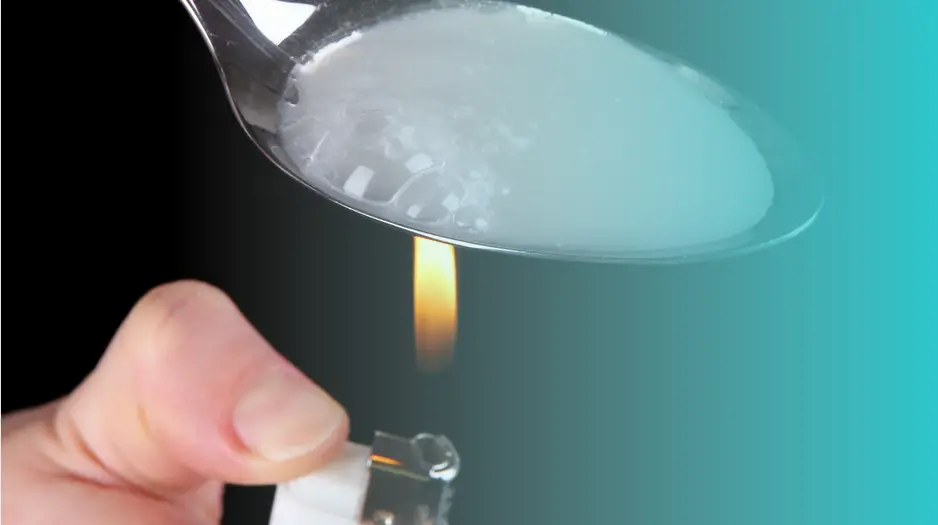
Meth addiction can be a difficult thing to overcome. The physical and psychological cravings can be extremely powerful and even life-threatening. If you or someone you know is struggling with meth addiction, it is important to understand that there is help available. Here are some ways to stop meth addiction and help get your life back on track:
1. Find a qualified treatment center: There are a number of treatment centers available that specialize in helping those struggling with meth addiction. It is important to find a facility that offers both short-term and long-term care, as well as counseling, group therapy, relapse prevention, and other helpful services.
2. Participate in support groups: Support groups such as Narcotics Anonymous or SMART Recovery can be incredibly beneficial for recovering addicts. These groups provide a safe environment for individuals to express their feelings and seek help from others who understand the struggles of addiction.
3. Consider medications: Medications such as Suboxone, Vivitrol, and Naltrexone can help reduce cravings and withdrawal symptoms associated with meth addiction. These medications should only be taken under the supervision of a qualified doctor, and it is important to take them exactly as prescribed.
4. Make lifestyle changes: Creating positive lifestyle changes is essential to a successful recovery from meth addiction. This can include participating in regular exercise, eating a healthy diet, and avoiding triggers such as people or places associated with drug use.
5. Seek help from family and friends: Having strong family and friend support can make a huge difference in a successful recovery from meth addiction. Reach out to those closest to you for encouragement and help along the way.
By understanding the effects of meth addiction on hair loss, taking steps to get help, and creating positive lifestyle changes, individuals can successfully overcome meth addiction and reclaim their lives.
Help to grow hair after Meth Addiction
If you’ve been struggling with meth addiction and now have hair loss due to the drug, you might be wondering how to restore your hair growth. Unfortunately, there is no quick fix, but with treatment and care, it is possible to reverse some of the damage caused by meth use.
Meth-induced hair loss is usually caused by alopecia areata, which is an autoimmune condition where the body attacks its own hair follicles. Alopecia areata is often reversible if treated correctly, so it is important to start treatment as soon as possible in order to avoid permanent hair loss.
The most effective way to treat Alopecia areata after meth use is through medication. Steroid injections can be used to help stimulate new hair growth. Corticosteroids are also sometimes prescribed to help reduce inflammation and decrease the body’s production of antibodies that can attack the hair follicles. Additionally, medications such as Rogaine (minoxidil) can be used to help encourage new hair growth.
It is also important to focus on improving overall health when trying to restore hair growth. Eating a balanced diet, getting enough sleep, reducing stress, and avoiding drugs or alcohol can all help improve hair growth. Additionally, supplementing with vitamins and minerals, such as zinc, iron, vitamin C, and B vitamins, can help support healthy hair growth.
Finally
There are some natural treatments that may help improve hair growth. Applying coconut oil or castor oil to the scalp can help nourish the scalp and promote new hair growth. Massaging the scalp with essential oils like lavender and rosemary can also help stimulate blood circulation in the scalp, which can help promote hair growth.
Overall, recovering from meth addiction and restoring hair growth after meth use can be a long and difficult process. However, with proper treatment, it is possible to restore some of the damage caused by meth use and regain some of your lost hair.
- AI Powered Bald Filter Online 2024: See Yourself with No Hair! - January 19, 2024
- Harklinikken Bad Reviews 2024: Analyzing Negative Feedbacks - January 18, 2024
- How to Get the Alex Eubank Hair | Step-By-Step Tutorial 2024 - January 18, 2024

